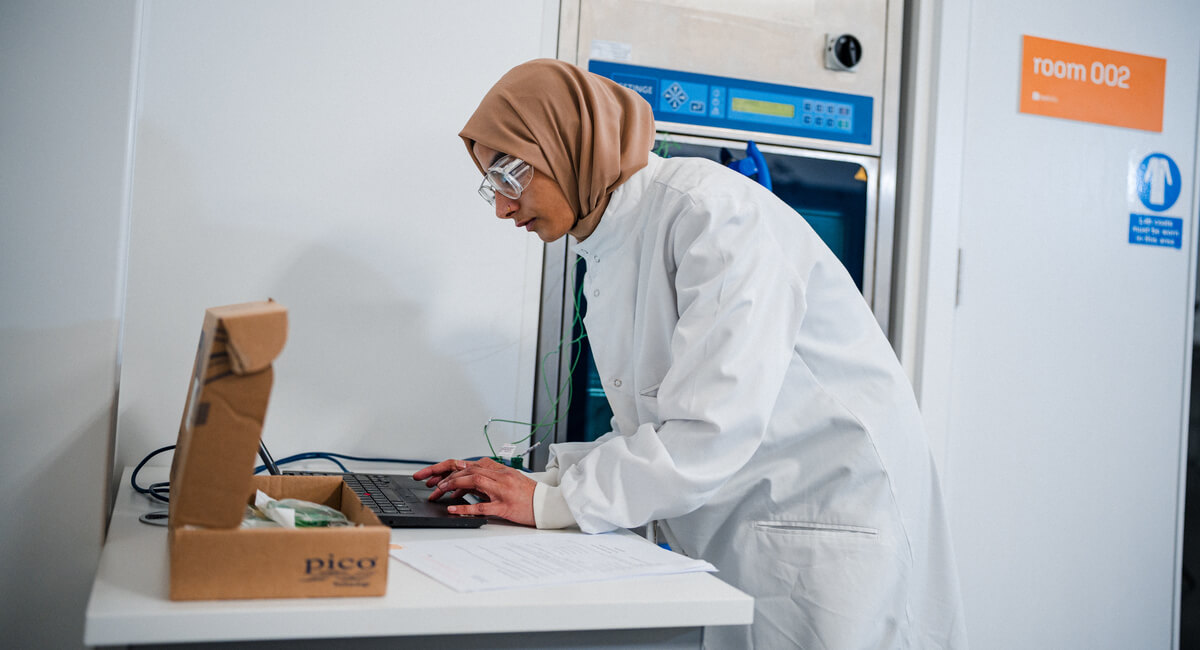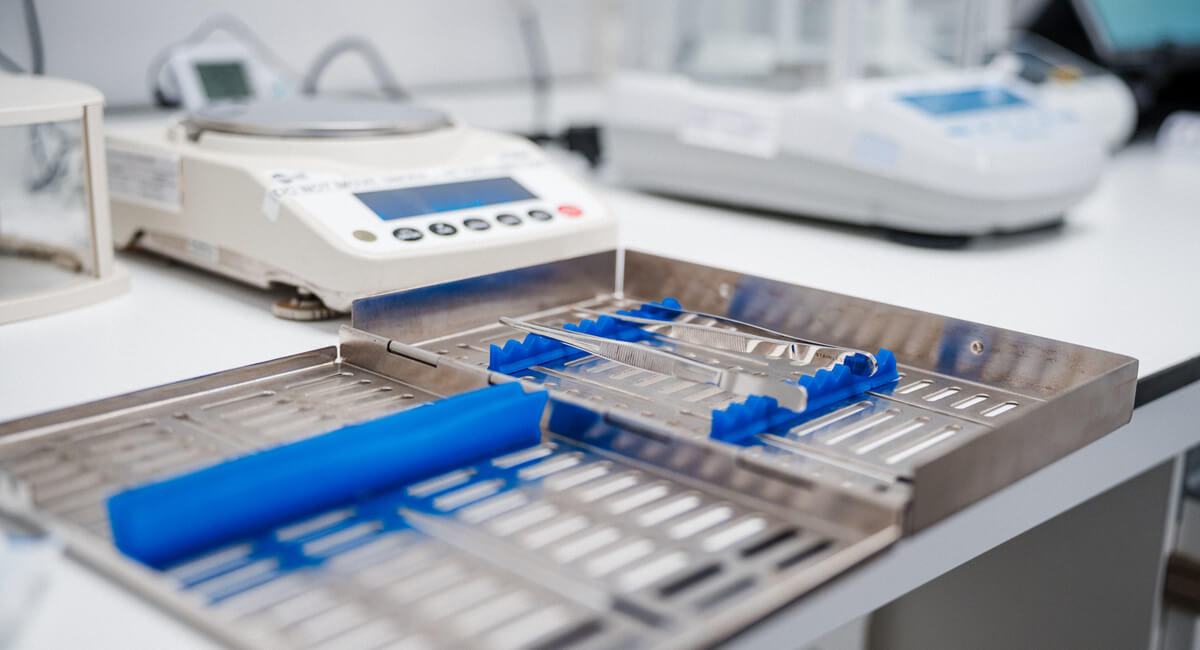Worst-Case Justification in Medical Device Validation
Article Summary
Worst-case justification allows medical device manufacturers to validate reprocessing using the most challenging device in a product family, saving time, cost, and resources. Test Labs applies a structured, standards-based approach aligned with ISO and AAMI guidance to identify, assess, and validate these devices, ensuring safe, compliant, and efficient outcomes across entire portfolios.Article Contents
What is Worst-Case Justification?
Medical device worst-case justification is the process of identifying the most challenging to reprocess device within a product family to validate cleaning, disinfection, or sterilisation instructions.
Medical device manufacturers often produce large portfolios of reusable instruments, each with unique design features, materials, and intended uses. Making sure every single medical device is compatible with the validated IFU would be time consuming, costly and often unnecessary.
By demonstrating that this “worst-case” device can be effectively reprocessed, manufacturers can justify that all other similar devices will also meet the required standards.
International standards such as:
AAMI TIR12:2020/(R)2023 Designing, testing, and labelling medical devices intended for processing by health care facilities: A guide for device manufacturers;
ISO 17664-1:2021 Processing of health care products: Information to be provided by the medical device manufacturer for the processing of medical devices;
allow manufacturers to group devices into product families and select a master product, the one that presents the greatest challenge to cleaning, disinfection, or sterilisation. This is the essence of worst-case justification.
How Does Test Labs Approach Worst-Case Justification?
At Test Labs, our approach to worst-case device justification is grounded in regulatory expectations and clinical realism. We apply structured methodology that align with the expectations of notified bodies, SSD professionals and regulatory experts.
Depending on which reprocessing process (cleaning, disinfection or sterilisation) and whether it’s manual or not, our process includes:
- Product Family Grouping.
- Feature-Based Risk Assessment.
- Scoring and Selection.
- Validation Testing.
- Reporting.

How Are Medical Devices Grouped for Reprocessing Validation?
Product Family Grouping
We begin by grouping medical devices based on shared characteristics such as design complexity, material composition, and intended use.
This step is based on ISO 17664-1:2021 and FDA guidance, which permits family grouping provided the master product represents the most challenging reprocessing scenario.
Which Features Define the Worst-Case Medical Device?
Feature-Based Risk Assessment
Each device is assessed for features that may hinder reprocessing, including but not limited to:
- Lumens and cannulations.
- Hinges, joints, and mated surfaces.
- Small internal components.
- Surface roughness and coatings.
- Packaging configuration and thermal mass.
Each feature is scored based on its likelihood to retain soil and difficulty of access during reprocessing. This scoring is process-specific, a feature that challenges cleaning may not affect sterilisation, and vice versa.
How Is the Master Product Selected?
Scoring and Selection
We assign risk scores to these features and identify the medical device(s) within each family that pose the greatest challenge. These become the master products for validation.
How Is Validation Testing Performed?
Validation Testing
Cleaning, disinfection, and sterilisation efficacy validations are then performed using these master products ensuring that if the worst-case medical device can be effectively reprocessed, so can the rest of the family.

What Documentation Supports Regulatory Confidence?
Reporting
Our reports don’t just list devices, they explain the rationale. We document:
- The grouping logic.
- The scoring methodology.
- The design feature definitions.
- The regulatory basis for each decision.
We do this to give medical device manufacturers confidence that their IFUs are defensible and scalable across their entire portfolio.
Why Is Worst-Case Justification Important for Manufacturers?
Whether you’re manufacturing ophthalmic instruments, surgical tools, or complex reusable systems, worst-case justification:
- Reduces the financial burden, without compromising safety.
- Supports regulatory submissions with standards-based evidence of testing.
- Ensures IFU consistency across product families.
- Builds trust.
How Can Test Labs Support Your Worst-Case Justification?
Our team has extensive experience supporting manufacturers through reprocessing validation from protocol development to final reporting. We tailor our approach to your portfolio, your regulatory pathway, and your risk profile.
If you’re facing challenges with validation, unsure how to group your devices, or need support navigating 21 CFR and MDR requirements:
Get It Done, With Certainty.
Contact us about your testing requirements, we aim to respond the same day.
Get resources & industry updates direct to your inbox
We’ll email you 1-2 times a week at the maximum and never share your information


